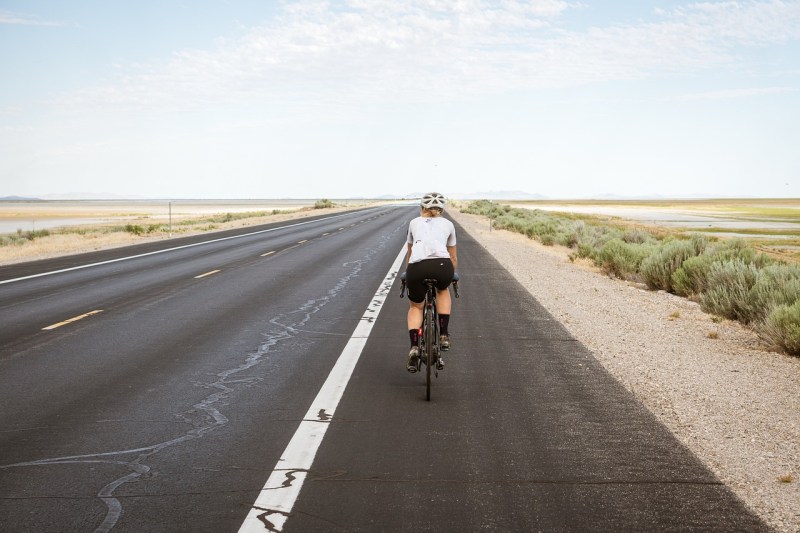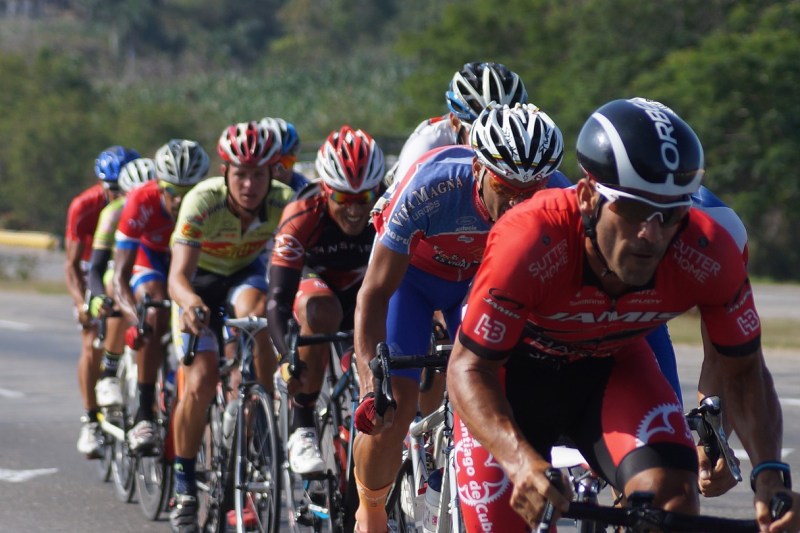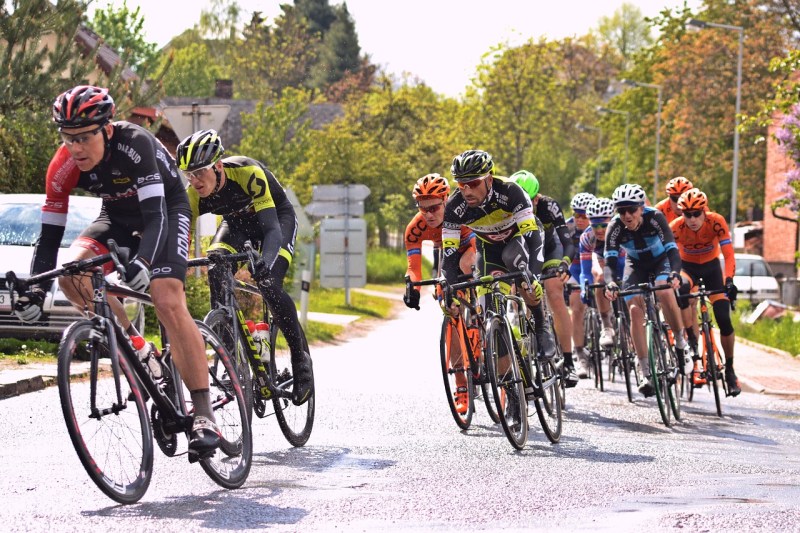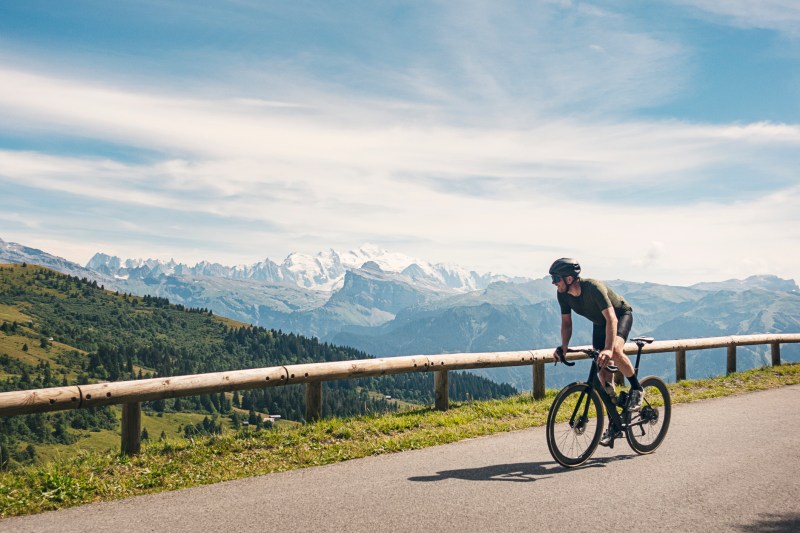
After getting a great bike and tackling regular rides during the week and maybe a longer weekend ride, many cyclists start entertaining thoughts of riding a full century. All of those shorter rides become so enjoyable and build the cyclist’s confidence until they are ready to push their physical limits — and there’s no better step than a century.
Century bike rides are when cyclists complete 100 miles during one ride. Century rides can be organized, and you can ride them on your own, with a group, or as a competitive event. Supported rides with volunteers who provide refreshments at regular intervals are another smart way to take on the long-distance challenge.
Of course, working up to a 100-mile ride takes some training and planning. By properly preparing for the endurance ride, cyclists can accomplish their goals and still feel great when they’re done for the day. Following a few tips and starting the training process early enough will make the ride a breeze. You might even start thinking about a double century or riding 200 miles over two days.

Get comfortable going long
Give yourself enough time to build up your stamina and endurance leading up to a century ride. Those who can ride up to 30 miles regularly should allow about three months to train properly. During the early weeks of training, it’s important to focus on spending time in the saddle. That means you don’t necessarily need to worry about how far you are riding each time, but how long you can ride without stopping for a break. Ultimately, you should be able to ride steadily for about three to four hours.
To get there, you can start out by adding 30 minutes to your long weekend rides. If you feel good and want to go longer, then go for it. It’s also okay to slow the pace if it means you can stay in the saddle for a longer period of time. Once you can comfortably ride for several hours at a time, then it is time to shift the focus to distance.

Set a training schedule
Set a training schedule that varies the types of rides you complete throughout the week. While rides on the weekend should focus on adding time and building distance, shorter rides during the week can improve your stamina.
Try riding intervals for high-intensity training. So sprint for an interval then recover with light pedaling. Start with shorter intervals of 30 seconds to one minute with 1- to 2-minute recovery periods. As you get stronger, increase the interval times with the recovery period lasting roughly twice the amount of time that the high-intensity interval lasts.
Another exercise to use during shorter weekday rides is terrain training. Incorporate riding hills or climbs to build strength, power, and endurance. The ability to ride tougher landscapes will help improve the speed and difficulty of flats.
On the weekends, add 5 to 15 miles every few weekends once you can easily ride 60 miles. Slowly build up to 100 miles. This will not only give you the confidence of knowing you can do it come event day, but it will also teach your body to push through the last 10 to 15 miles of the ride, which can be among the most grueling.
Keep in mind that you should also practice your ride nutrition as you reach distances above 60 miles. Try eating energy waffles, gels, or gummies to find out what works best for you. Take plenty of water and electrolytes, too. It’s important that you stay fueled so your brain doesn’t hit a wall. Those riding in particularly warm climates might want to have salt pills on hand to prevent cramps from excessive sweating.

Taper down leading up to the event
Just as it is important to build up time and distance in the saddle over the course of several months, it’s also important to keep rides light and easy the last two weeks prior to the big day. Think of it as an active recovery period. You want to stay sharp and continue riding, but it is very important that you don’t really tire yourself out. This will allow your body to feel at its best for the day of the 100-mile ride while also being fully capable of accomplishing the feat.
During the last two weeks of the ride, shoot for shorter distances. Taper down from a 100-mile practice ride to a 60-mile ride on a long training day. Short training days should include some high-intensity intervals, but they should be shorter, ranging from 2 to 3 minutes. Continue moving down the scale to a 45-mile ride and let your energy stores really fill up right before the event. Feeling refreshed and ready to go will make riding 100 miles with a group or supported ride all the more fun rather than painful.

The history of century rides
The exact origin story of century rides is a bit hazy, but most cyclists agree they emerged in the U.S. around the 1890s. Here’s a breakdown of what we know.
Early riders: One interesting figure is Dora Rinehart, a cyclist nicknamed “America’s Greatest Cyclienne” who gained fame in the 1890s for completing numerous century rides in Denver, Colorado, at a time when cycling long distances, especially for women, wasn’t as common.
First documented ride: There’s a record of a group ride from San Francisco to Santa Cruz in 1876, organized by cycling enthusiast Albert Pope, who’s credited with popularizing cycling in the U.S. While not exactly 100 miles, it suggests long-distance cycling events were happening quite early on.
Early challenges: In the early days, completing a century ride was a significant feat achievable by only dedicated cyclists because of the distance and limitations of bicycles at the time.
Rise of organized rides: Over time, cycling clubs began sponsoring century rides as social events and fundraisers. This popularity led to offering some rides over two days, making them more accessible to a wider range of cyclists.
Examples of established rides: Some well-known century rides with a long history include:
- TOSRV (Texas Oilman’s Hundred) – Established in 1962, it began with just two riders
- Rideau Lakes Cycle Tour (Ontario, Canada) – Started in 1972 with 80 participants
- Apple Cider Century (Michigan) – Dates back to 1974
So, while the exact origin story remains a bit cloudy, century rides have a rich history intertwined with the rise of cycling in the U.S. and have become a popular cycling challenge enjoyed by cyclists around the world.


